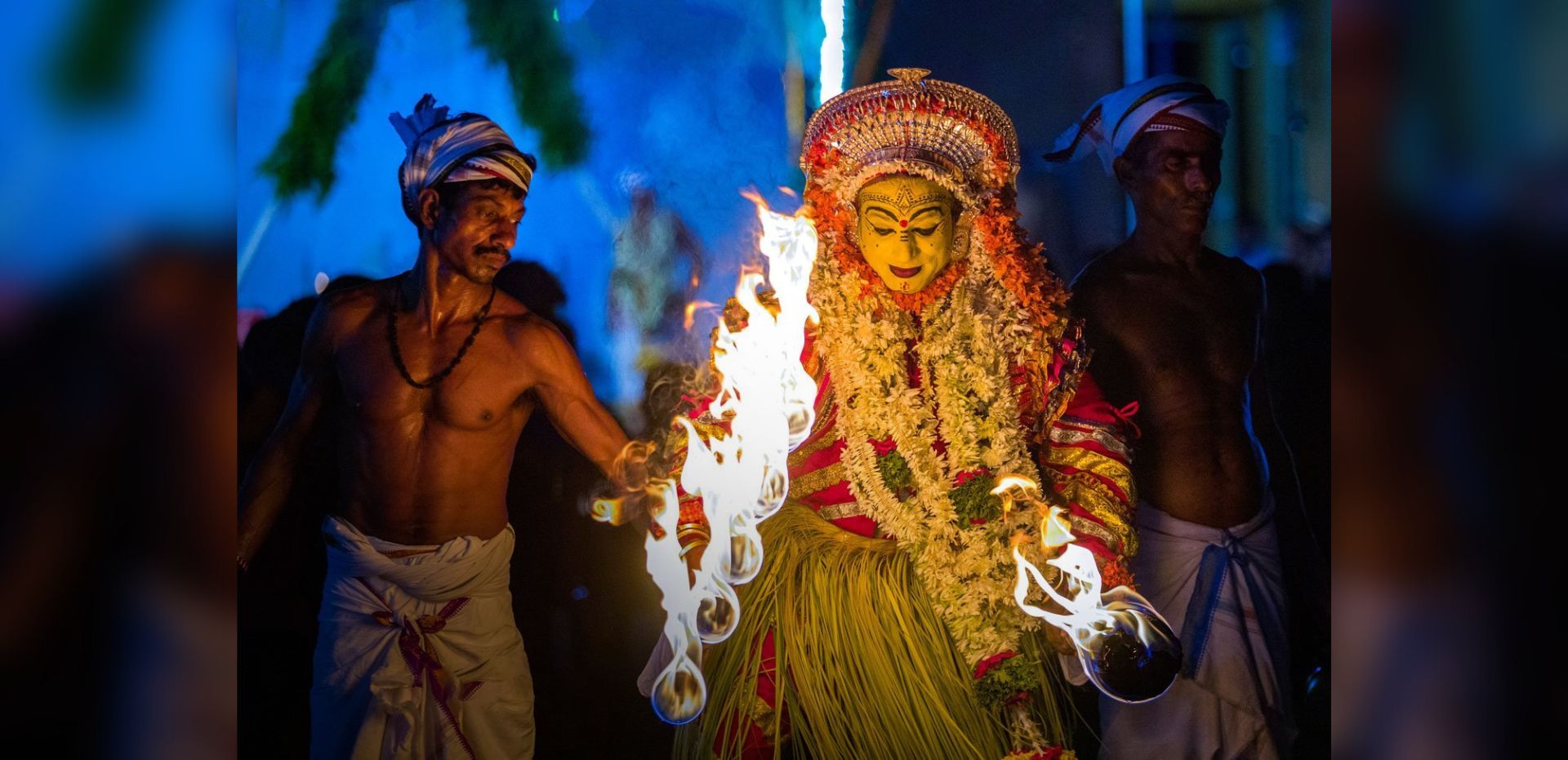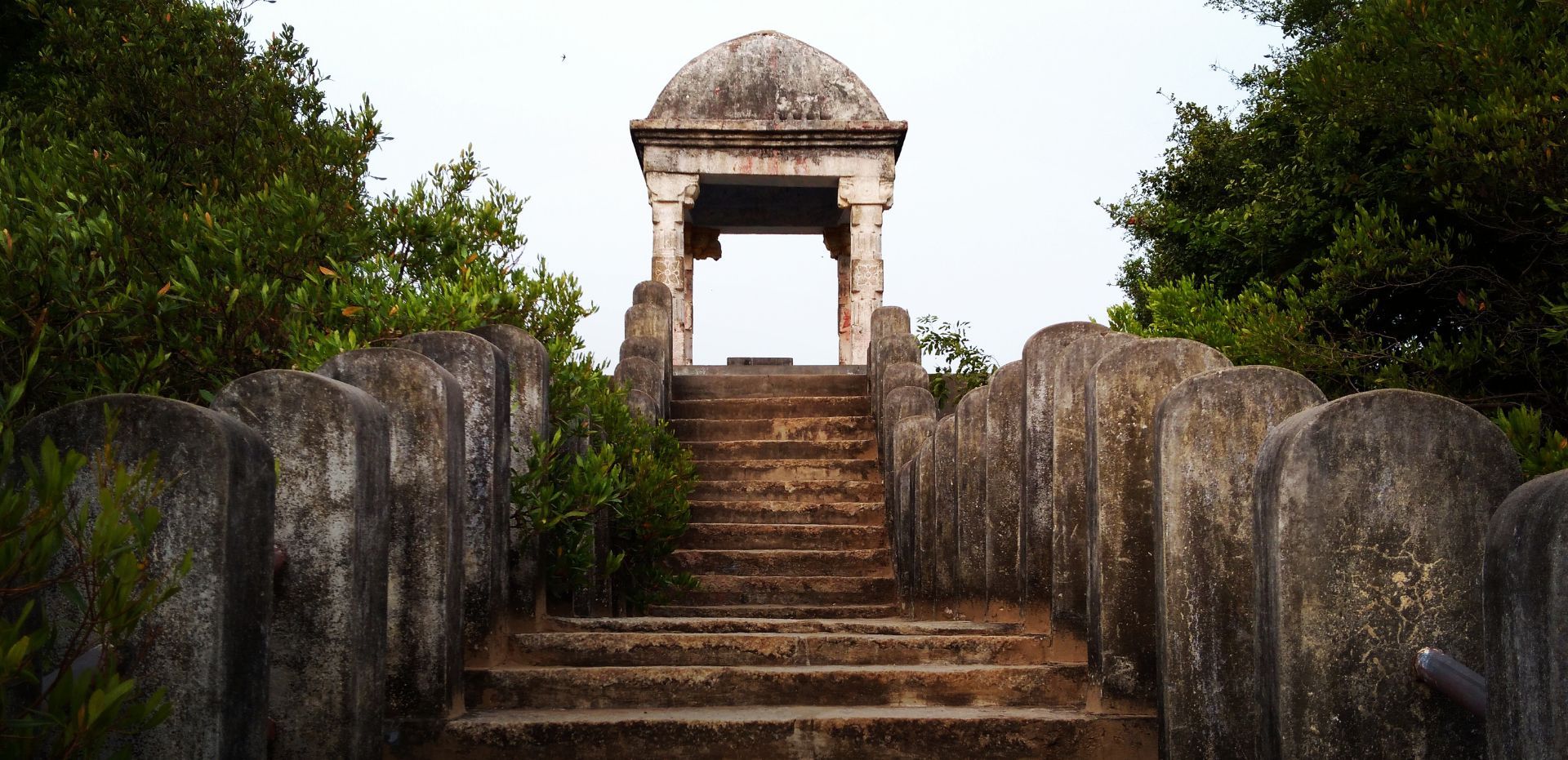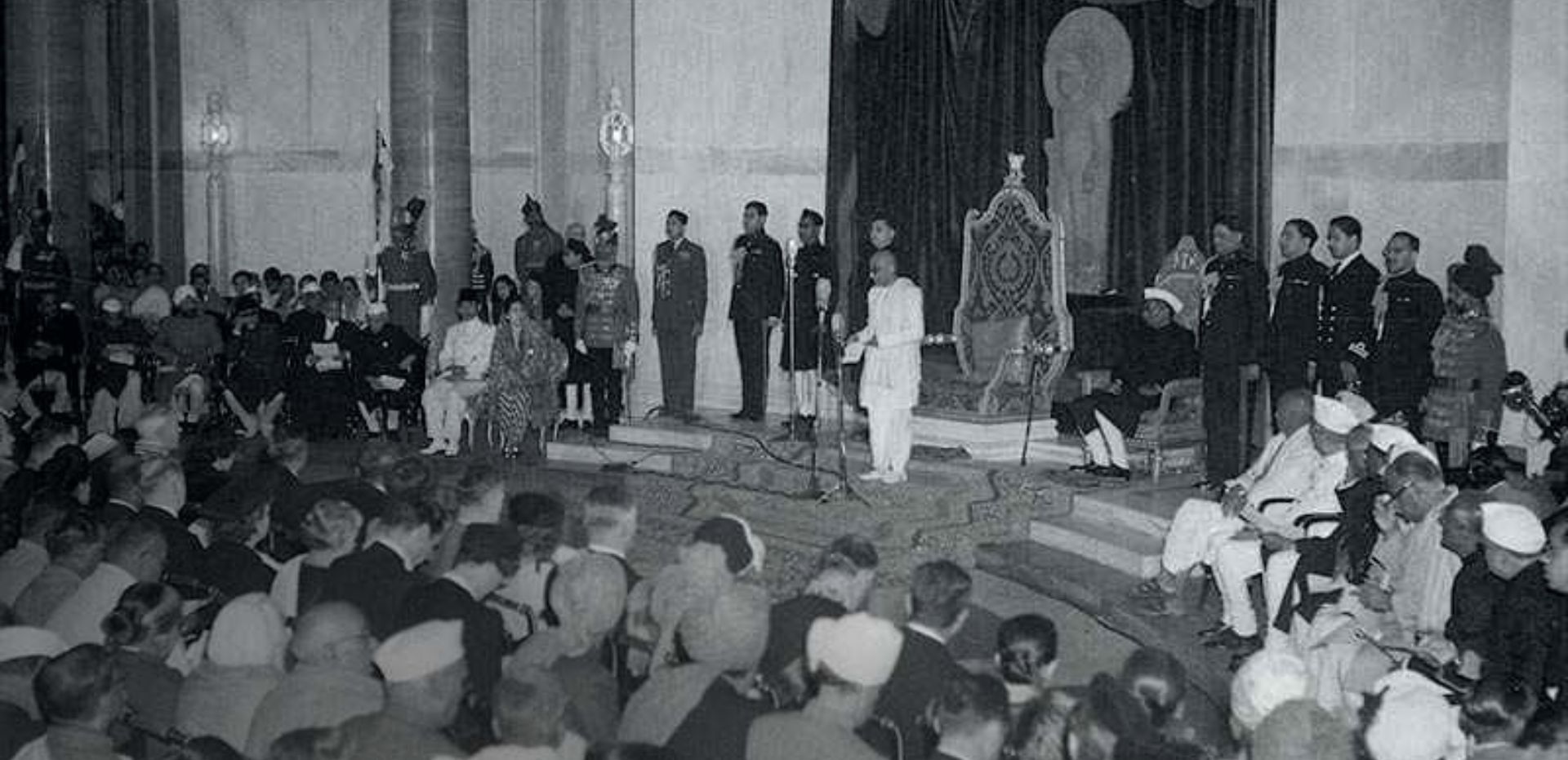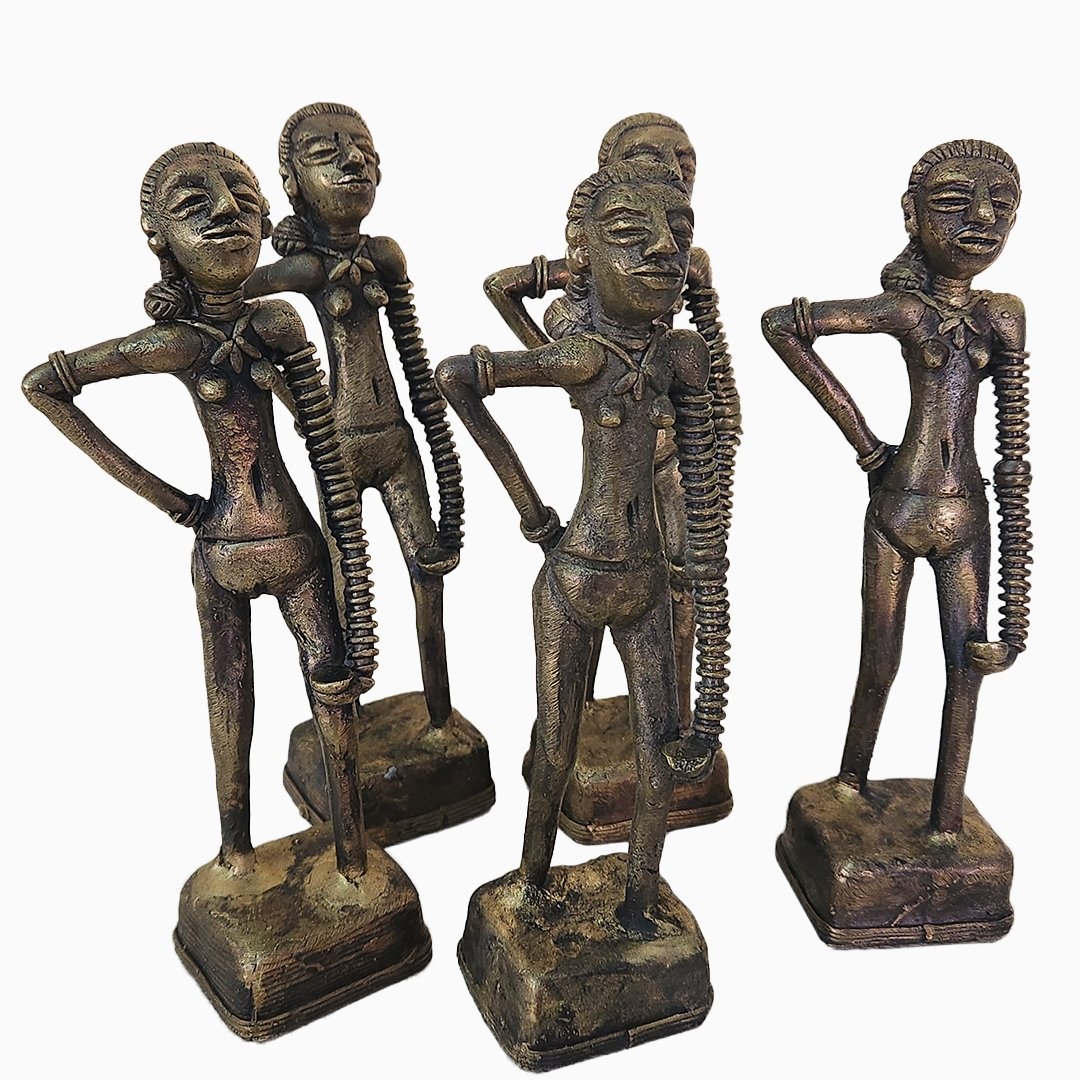Sri Harmandir Sahib: A History of Struggle & Devotion
BOOKMARK
The Sri Harmandir Sahib – popularly known as the Golden Temple – is the holiest shrine of Sikhism and its history runs parallel with the history of the Sikhs, the city of Amritsar and much of the Punjab itself. About 1.5 lakh devotees visit the shrine daily, but few know of its great history of struggle and sacrifice.
It is mentioned that Guru Nanak Dev ji (1469-1539 CE), the first of the 10 Sikh Gurus, founded Sikhism in the early 15th century. His teachings of equality, fraternal love, goodness and virtue drew hordes of followers in Punjab.
Upon his demise, he was succeeded by Guru Angad Dev ji (1504-1552), then Guru Amar Das ji (1479-1574). These first three Sikh Gurus founded new settlements in the regions namely Kartarpur Sahib (now in Pakistan), Khadur Sahib and Goindwal Sahib (in India), respectively, settlements that were meant to propagate the faith.
The establishment of the Sikh faith coincided with the beginning of the Mughal Empire (1526-1857 CE). While the early Mughal emperors Babur and Humayun looked upon the followers of Sikhism with great suspicion, relations between the Sikhs and the Mughals improved substantially under the liberal and tolerant Emperor Akbar (r. 1556 – 1605). It is even believed that Akbar visited his contemporary, the third Sikh Guru Amar Das ji, at his spiritual centre in Goindwal Sahib and donated 700 Akbari rupees to his daughter, Bibi Bhani.
Later, Guru ji arranged a marriage between Bibi Bhani and a devoted disciple named Bhai Jetha and ordered the latter to establish a new city as the headquarters of the faith. Bhai Jetha used the Akbari rupees that had been given to his wife, and devotees’ donations, to buy the plot of land that now sits at the heart of the Sikh faith.
Founding the City of Amritsar
In the 16th century, the land where Amritsar now stands had just trees and dhabs (ponds) located in it. Bhai Jetha purchased a large parcel of land here from the local zamindars or landlords of Tung and other nearby villages in 1564 CE, and a large sarovar or tank was constructed at its centre. The new township was called Guru da Chakk or Chakk Ramdas (the Guru’s Village).
In 1574 CE, following the demise of Guru Amar Das ji, Bhai Jetha became the Fourth Sikh Guru, known as Guru Ram Das ji. In keeping with tradition, and his predecessor’s wishes, he shifted the spiritual centre of Sikhism, from Goindwal Sahib to Guru Da Chakk, which became known as Ramdaspur. The tank at its centre came to be called Amrit Kund (Pond of Nectar) and later Amritsar (Lake of Nectar). Over time, both the tank and the township came to be known as Amritsar.
The Establishment of Harmandir Sahib
Guru Ram Das ji, upon his death in 1581, was succeeded by his son, Guru Arjan Dev ji. The new Guru wanted to establish a space where people could come and learn the Sikh faith’s messages of equality and love. And so he began construction of the Sri Harmandir Sahib, in the centre of the sacred tank or sarovar of the city. Most traditional texts hold that Guru Arjan Dev ji invited the Sufi saint Hazrat Sain Mian Mir ji from Lahore to lay the foundation stone of the shrine, to promote and reflect tolerance among faiths. But few in the Sikh community dispute this and claim that Guru Arjan Dev ji himself laid the foundation stone. Either way, by 1589 CE, the original brick building of the Sri Harmandir Sahib was complete. Some Sikh scholars even argue that along with the shrine a small mosque was also built in the city for the Muslim devotes, but it couldn’t survive in the reconstruction of the city in 19th century.
The completion of the awe-inspiring structure would also be a turning point in Sikh religious history, because it was here that Guru Arjan Dev ji, moving beyond the oral teachings of earlier Gurus, began compiling an official Sikh scripture. It was known as the Adi Granth, which would later evolve into the Guru Granth Sahib. It was placed in the sanctum in 1604, with Baba Buddha, a respected and learned Sikh, as its first Granthi or scripture reader.
Struggles With the Mughals
After the death of the Mughal Emperor Akbar in 1605, the relationship between the Sikhs and the Mughals deteriorated. The growing power and influence of the Sikh Gurus, and the huge congregations that gathered at the Sri Harmandir Sahib, alarmed the Mughal establishment.
In 1606 CE, Guru Arjan Dev ji was captured and executed by the Mughal Emperor Jahangir, on charges of supporting the failed revolt of the Emperor’s eldest son, Prince Khusrau. Guru Arjan Dev ji was succeeded by his 11-year-old son, Guru Hargobind ji (1595-1644). To ensure that the Sikhs did not rebel against Mughal authority, Guru Hargobind ji was imprisoned at Gwalior Fort in 1609 CE, where he remained in captivity for two years, from the ages of 14 to 16. However various accounts claim different tenure if his imprisonment.
Following his release, Guru Hargobind ji returned to Amritsar, where he began the early militarisation of the Sikhs, with the aim of resisting further Mughal aggression. He built the Akal Takht or Akal Bunga (literally, the throne of the timeless one) in front of the Sri Harmandir Sahib, to represent the highest seat of earthly authority of the Sikhs.
But during the reign of Shah Jahan (r. 1628-1658), Sikh-Mughal relations deteriorated again, resulting in the Battle of Amritsar (1634). Though the Sikhs won, the heavy losses they suffered forced them to retreat to a more secure location, Kiratpur in the Shivalik Hills of Punjab, about 214 km east of Amritsar. Guru Hargobind ji would never return to Amritsar.
Following his departure to Kiratpur, the Sri Harmandir Sahib came under the control of Baba Prithi Chand, Guru Arjan Dev ji’s elder brother who had conflicts with him. Baba Prithi Chand had been overlooked for succession to Guruship in favour of his younger brother and, in revolt, had created his own unorthodox sect of Sikhism, known as the Miharvans. The Miharvans, whom mainstream Sikhs condemned as minas or scoundrels, would control the Sri Harmandir Sahib for several decades.
After Prithi Chand’s death in 1618, his descendants feuded over control of the shrine, and by 1696 CE, administration of the Sri Harmandir Sahib had begun to fall apart. Sikh devotees sent emissaries to Anandpur Sahib, the new centre of the Sikhs established on the edge of the Shivalik Hills, requesting the 10th Sikh Guru, Guru Gobind Singh ji, to take control. In 1699, Guru Gobind Singh ji sent Sikh scholar Bhai Mani Singh to take control of the shrine in Amritsar as the custodian, and normalcy was restored to it.
Following the death of the last Sikh Guru, Guru Gobind Singh ji, in exile in Nanded, Maharashtra, in 1708 CE, the situation in Amritsar deteriorated. In 1737, the shrine’s custodian Bhai Mani Singh was executed by the Mughal governor of Lahore, for failing to pay a tribute of Rs 5,000 in exchange for permission to celebrate Diwali. A ruthless persecution of the Sikhs followed. For example, in 1746, the Mughal diwan (officer) Lakhpat Rai filled the holy sarovar with sand; in 1749, even taking a dip in its waters was prohibited, by the new Mughal controller of Amritsar, Salamat Khan.
During these years of political chaos, the Sri Harmandir Sahib came under the control of the Udasi sect under Bhai Gopal Das. This was a syncretic Hindu-Sikh sect of ascetics or sadhus, founded by Sri Chand, the son of the first Sikh Guru, Guru Nanak Dev. The Mahants or heads of the Udasi sect would control the Sri Harmandir Sahib until 1921.
The Making of the ‘Golden Temple’
The collapse of central Mughal authority in Punjab led to the invasions of Afghan ruler Ahmad Shah Abdali, who viewed the region as a rich source of plunder. During one of his invasions, in 1757, the Sri Harmandir Sahib was attacked and damaged; the sarovar was filled with the entrails and blood of slaughtered cows, and debris. But in the following year, the Sikhs, under their leader Baba Jassa Singh Ahluwalia, recaptured Amritsar and the soldiers responsible for desecrating the holy place were made to clean it.
It didn’t end there, though. In 1762, Abdali returned to Amritsar. This time he filled the complex with gunpowder and the entire structure was blown to smithereens.
For two years, the Sri Harmandir Sahib technically did not exist, which was a source of great sorrow to the Sikhs. By this time, a number of Sikh principalities known as misls had emerged. In 1764, Baba Jassa Singh Ahluwalia collected donations from them all and rebuilt the Sri Harmandir Sahib. A new main gateway to the sanctum, named the Darshani Deorhi, was constructed; work on the parikrama or causeway and the sanctum was completed in 1776; the floor around the sarovar was completed in 1784. Later, Udasi Mahant Bhai Gopal Das was given retirement and the mainstream Sikh leader Bhai Chanchal Singh was made the new custodian.
Around the shrine complex, different misls built bungas or mansion-barracks where soldiers could be stationed to protect the shrine. The bungas were also used to station the pilgrims and there Langar was also cooked.
By the beginning of the 19th century, Maharaja Ranjit Singh had emerged as the Lion of Punjab, united all the misls, and established a Sikh Empire. In 1802, he captured Amritsar from the Bhangi Misl and took control of the shrine. He formed a committee of Udasi Mahants to look after it and put that committee in charge of administering the now-bustling city that had grown up around it.
It was Maharaja Ranjit Singh who ordered, in 1805, that gold sheets be laid on the exterior of the shrine. By 1834, the entire exterior of the sanctum was covered in gold, while the interiors were embellished with silver work, marble work and traditional paintings. To visitors and travellers, the Sri Harmandir Sahib became the Golden Temple.
Under the British Raj
After the fall of the Sikh Empire in the Second Anglo-Sikh War in 1849, the British Empire annexed Punjab, and with it Amritsar and the Sri Harmandir Sahib. To mark their presence in that city, they demolished the Bunga Sarkar (barracks) constructed by Maharaja Ranjit Singh in the parikrama and constructed a red-brick Gothic clock tower in its place. Despite vehement protests by locals, the clock tower was completed in 1877.
Operationally, the shrine again came under the control of the Udasi Mahants, who had earlier served as the custodians of the shrine, and had regular conflicts with mainstream Sikhs over the collection of donations and the administration of the shrine. In the 1920s, a group of Sikhs launched the Akali or Gurdwara Reform Movement and finally took control of the Sri Harmandir Sahib from the Mahants and brought it under the control of the Shiromani Gurdwara Parbandhak Committee (SGPC), which controls its administration even today.
In 1943, bowing to the Sikhs’ demands to extend the parikrama around the shrine, the British administration ordered the demolition of the clock tower and all the historic bungas around the shrine. Only one, the Ramgarhia Bunga, survived.
Ramgarhia Bunga: Amritsar’s Hidden Marvel
The 1980s were one of the most difficult periods, due to militancy in Punjab. A most tragic period in the Sri Harmandir Sahib’s history was between June 1 and 8, 1984, when the Indian army launched Operation Blue Star against the followers of Jarnail Singh Bhindranwale, who had fortified the shrine complex. In the battle that ensured, while the main sanctum remained unscathed, the Akal Takht and much of the extended complex were damaged. Thankfully, the complex was restored to its former glory, thanks to contributions from the Sikh community.
Today, the Sri Harmandir Sahib has come a long way from the traumas of its past, and despite its history of dark and painful times, continues to welcome pilgrims from around the world, and act as a beacon of faith, kindness and humanity.
– ABOUT AUTHOR
Aashish Kochhar is a history enthusiast from Amritsar who studies at Jamia Millia Islamia, New Delhi.

























